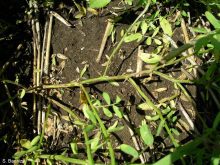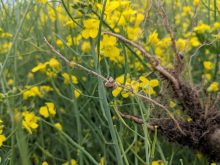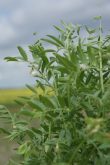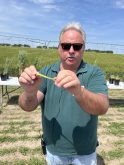Some advice is so good that it is worth repeating. So it is with plant pathologist Mike Harding’s advice regarding stripe rust: scout your fields.
The crop fungus has had a resurgence in some parts of Alberta, fostered by recent showers and cooler weather.
Harding reported that researcher Krishan Kumar found higher levels of stripe rust last week in winter wheat near Olds and Lacombe, and some has also been found in spring wheat crops.
“Additionally, stripe rust on winter wheat at CDCS (Crop Development Centre South in Brooks, Alta.) was seen for the first time this week,” said Harding in a news release issued last week.
Read Also
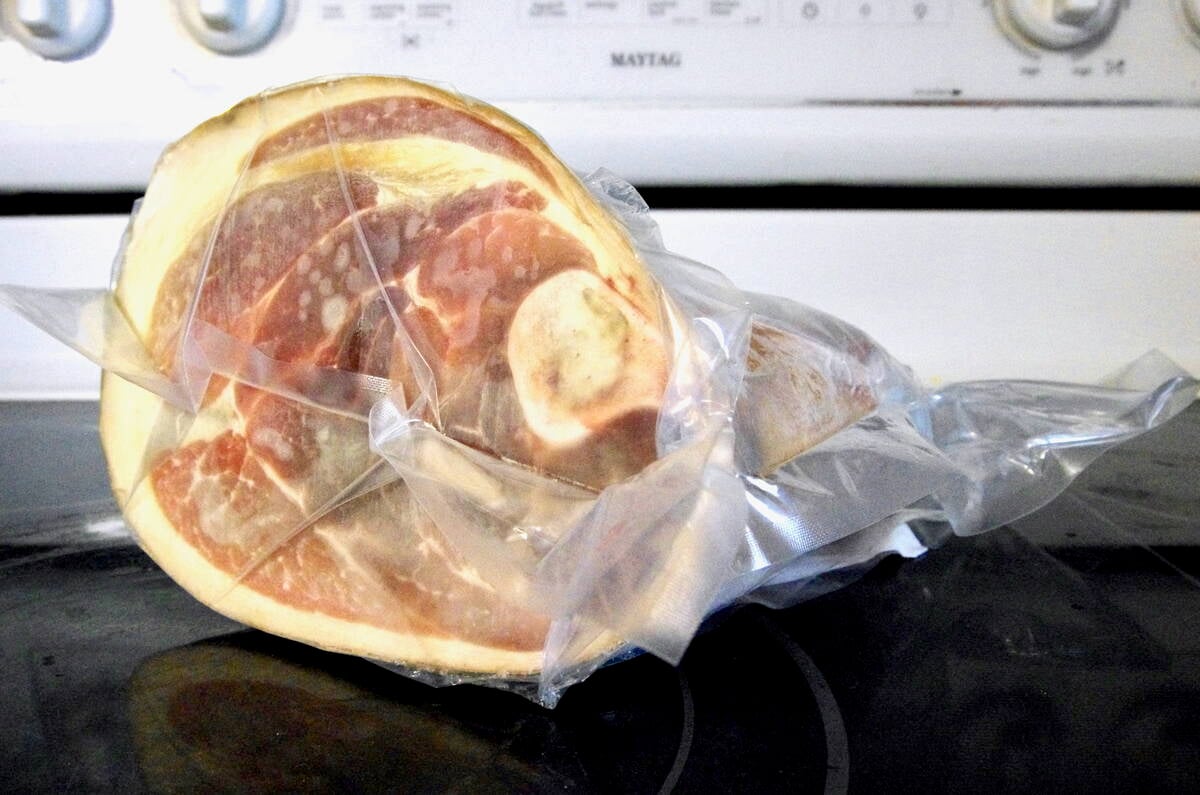
Trade war may create Canadian economic opportunities
Canada’s current tariff woes could open chances for long-term economic growth and a stronger Canadian economy, consultant says — It’s happened before.
The appearance of stripe rust earlier this year indicated that it overwintered in parts of Alberta because of a mild winter. However, stripe rust spores travel on the wind and can arrive in Western Canada from the United States.
June is typically the telltale month for such transmission.
Kelly Turkington of Agriculture Canada in Lacombe, Alta., recently published a cereal rust wind trajectory report and risk assessment. It indicated that several wind parcels from stripe rust infected areas of the United States have travelled over southern and central Alberta as well as parts of Saskatchewan and Manitoba and may have carried infectious spores.
The plant disease continues to develop in the U.S. central Plains, particularly Kansas and Nebraska, as well as in North and South Dakota. That means continued risk of spore spread into Canada by wind, Turkington said in his report.
A survey for stripe rust in southern Alberta has shown little infection. Fields in the County of Warner showed traces but as of mid-June, none were found in the counties of Lethbridge, Taber and Cardston.




